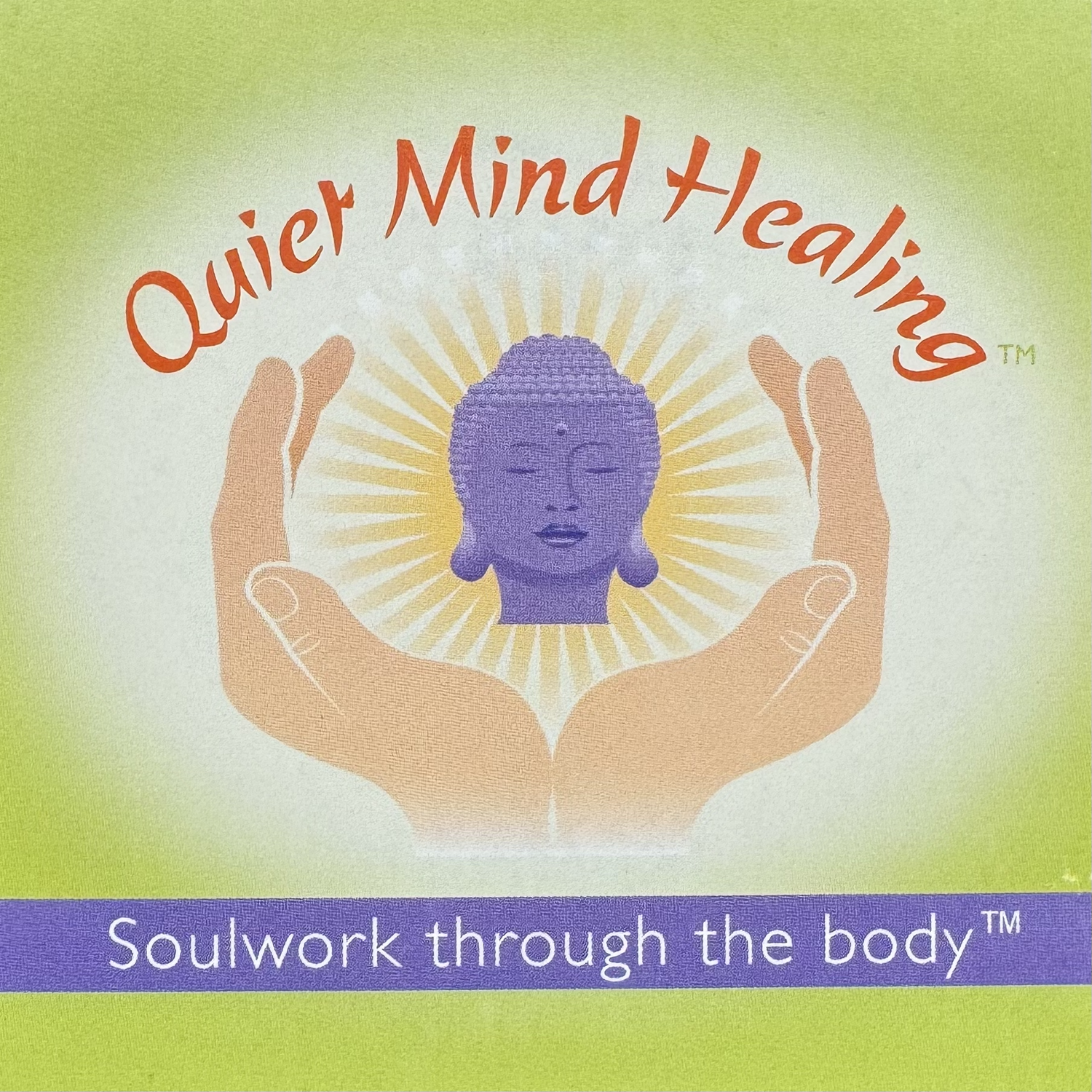Yoga and Hyper-Mobility: Can You be TOO FLEXIBLE?
Yoga and Hyper-Mobility: Can You be TOO FLEXIBLE?
HYPER-MOBILITY IS A THERAPEUTIC SPECIALTY OF MINE.
I see excessive flexibility right away, and teach my clients how to sense it themselves, stabilize their bodies, and get out of pain. My clinical expertise is professional and intimately personal as well. I’m dangerously hyper-mobile myself! I’ve lived with extremes of pain and disability from Hyper-Mobile Joint syndrome for 35 years. For many others like me, flexibility is not a blessing, but a curse. There is nothing holding our bones together, so it behooves us to learn to do it for ourselves.
Hyper-Mobility masquerades invisibly, because most people - even doctors - equate flexibility with health. Yet hyper-mobile bodies lack ligamentous support for their joints, so they experience ongoing dislocations and strains. This locks their nervous systems in fear and mild PTSD. Hyper-mobility can be agonizing!
Neurologists say it’s a dis-ease. They define Hyper-Mobility Syndrome (HMS), Joint Hyper-Mobility Syndrome (JHS), and Ehlers-Danlos (ED) as grades of a genetic collagen disorder that disrupt the nervous system and impact neuromuscular control. The body’s collagen matrix is dysfunctionally weak, and does not support bone structure and movement, so joints easily slip out of place. In one person’s words, “God didn’t give me any internal glue.”
Muscles and nerves are constantly struggling to stabilize against dislocation. Hyper-mobility can cause ongoing injury, pain, strain, and loss of function. Repetitive movements exacerbate strain and pain, and over time lead to joint degeneration, all in spite of healthy lifestyle it seems. Hyper-mobile people have to learn how to hold back, or they pay. Their nervous systems are overtaxed by a constant mild to extreme state of alarm. Other possible common symptoms are anxiety, palpitations, digestive issues, and cold hands and feet. Neurologists note varying levels of severity, and say there is no cure. Most patients end up in the western medical system with no answers.
People who suffer regularly lose time out of life resting and recovering. Structural yoga is ,my personal survival tool. Daily alignment practice is effective self-therapy, accessible self-care, neuromuscular re-education, and first-aid for any painful condition.. The trick is to develop specific body awareness so that we learn how to intuitively self-correct. This is where our yoga practice benefits us most.
Over 30 years of teaching yoga, i noticed about half of my student base had some degree of hyper-mobility they were unaware of. Most were basically functional, except for episodes of pain their instabilities caused. More women suffer from hyper-mobility than men. Maybe it’s constitutional, or maybe because women focus more on flexibility than men, they naturally “embody” it. We shape our own bodies by how we use them, and the thoughts and images we hold. Structural yoga shifts the focus to therapeutic alignment instead. Yoga transforms us.
There is real hope, once we understand what’s going on with hyper-mobility syndromes, and what makes our condition worse. We learn from our own experience. Internal awareness guides health and healing. The process of relearning proprioception - sensing the boundaries of our bodies in space then regaining control – may require coaching to begin. Alignment is an act of specific attention and practice. The process of self-transformation, which i know is possible, stretches our minds to recover who we really are, and breathes the life back into our hearts, hopes and dreams. All it takes to get on the path is the first step.
May our journeys of self-awareness flourish!


